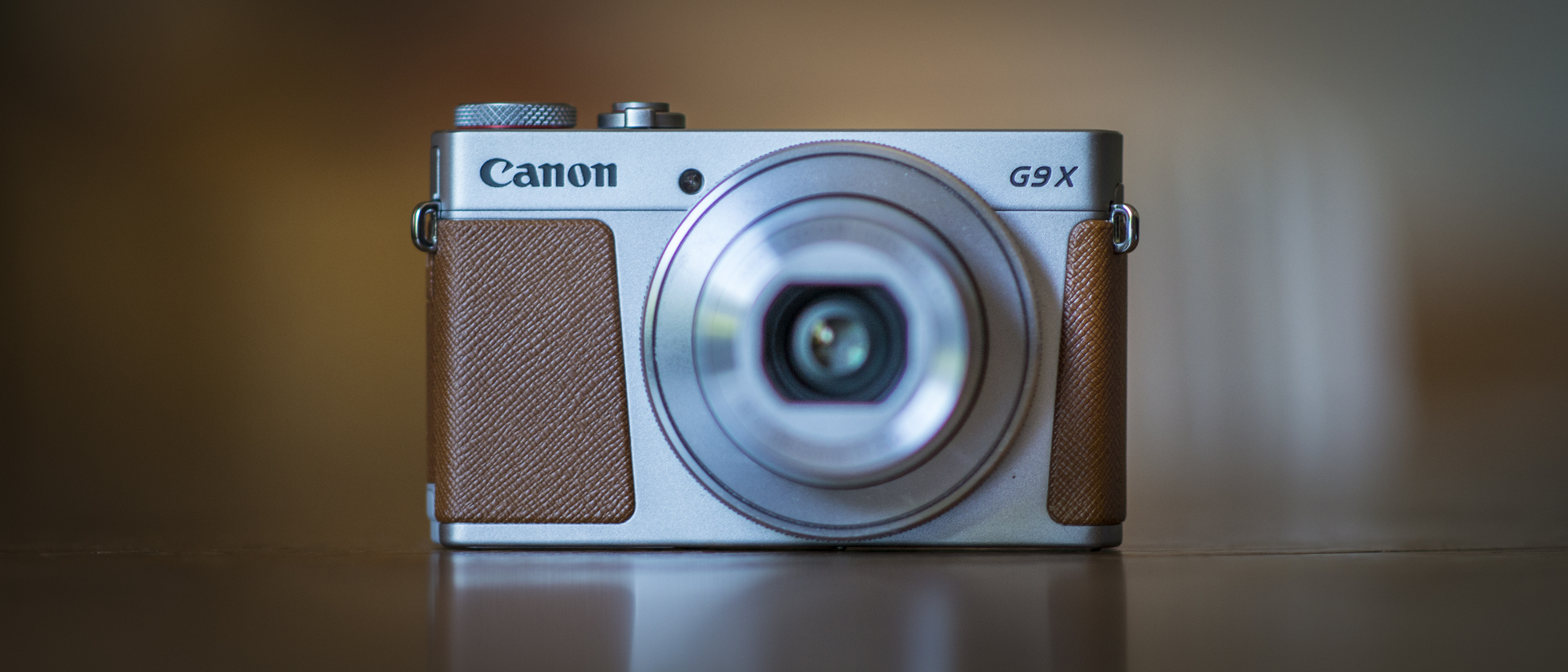TechRadar Verdict
The Canon PowerShot G9 X Mark II sets itself apart from the competition thanks to its dinky proportions, but this does mean there are a few small sacrifices to be made. However, if you're looking for a neat compact camera that delivers vastly superior images to your smartphone, has some decent connectivity options and simple-to-use-controls, the G9 X Mark II is an excellent choice.
Pros
- +
Compact size
- +
Simple to use
- +
Premium finish
- +
Large, 1.0-inch sensor
- +
Decent connectivity
Cons
- -
Only 1080p video capture
- -
Touch interface not for everyone
- -
Limited zoom range
Why you can trust TechRadar
Premium compact cameras with 1.0-inch sensors have carved out a bit of a niche for themselves over the last few years.
This is thanks to these relatively large sensors delivering much better image quality than the thumbnail-sized chips that are found in most compact cameras, while they've come to appeal to a broad range of users.
That said, most 1.0-inch compacts have tended to focus on the enthusiast photographer, offering a host of advanced controls, which has sometimes come at the expense of size.
Canon recognized this with the original PowerShot G9 X, stripping away some of the more photographer-orientated features to deliver a truly pocketable and easy-to-use compact camera that delivers excellent image quality. So what does its update, the PowerShot G9 X Mark II, have to offer?
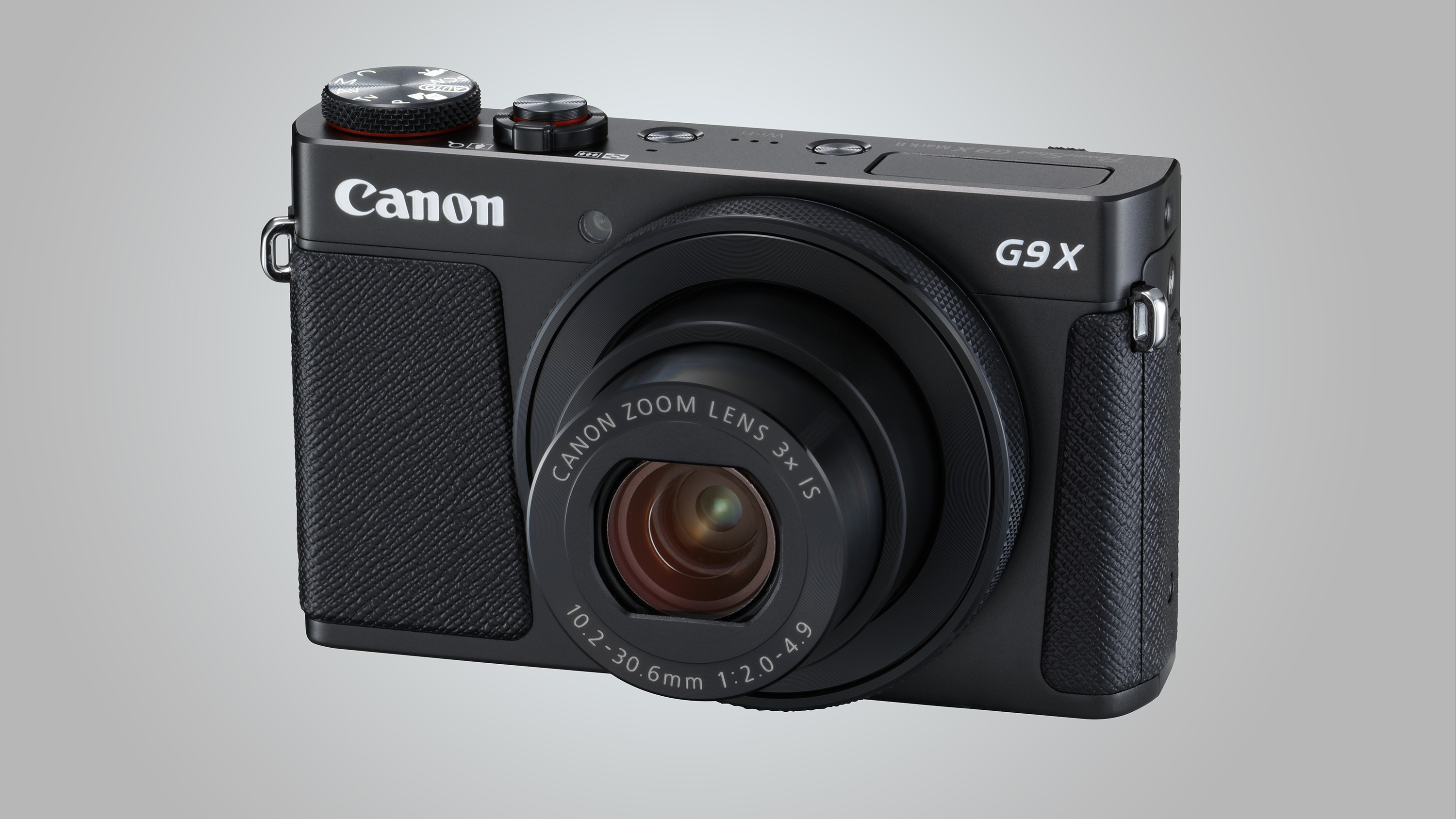
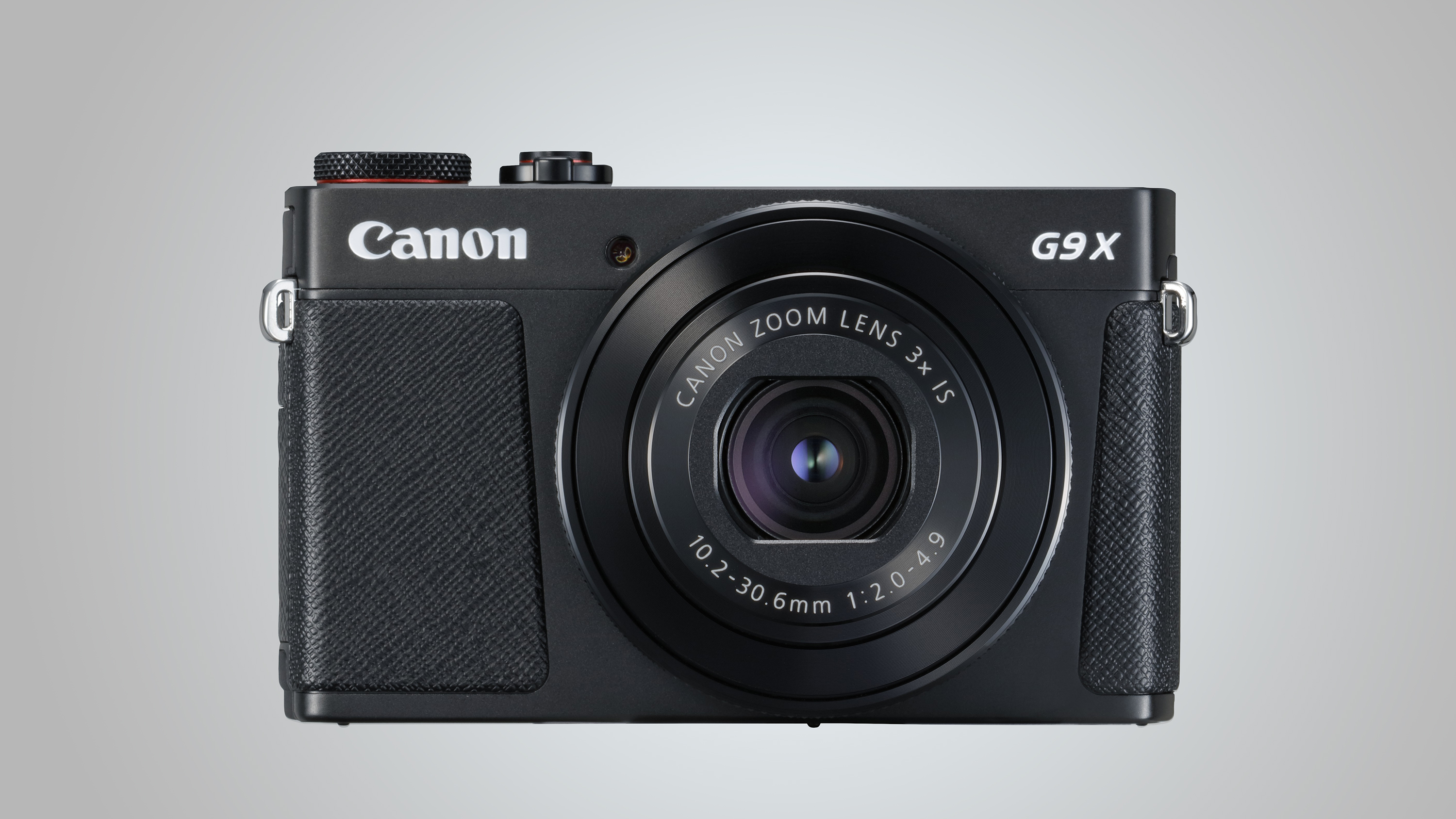
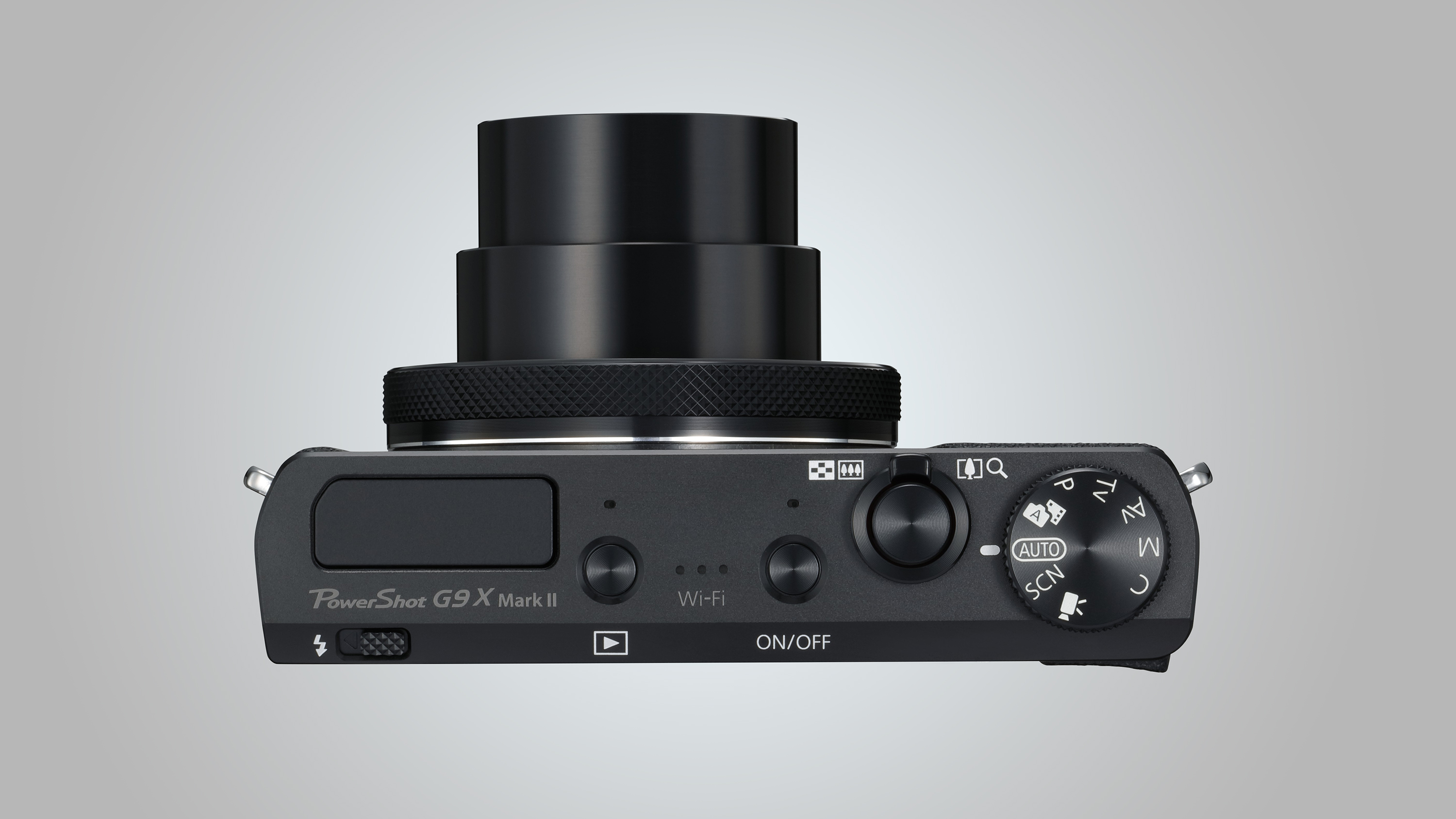
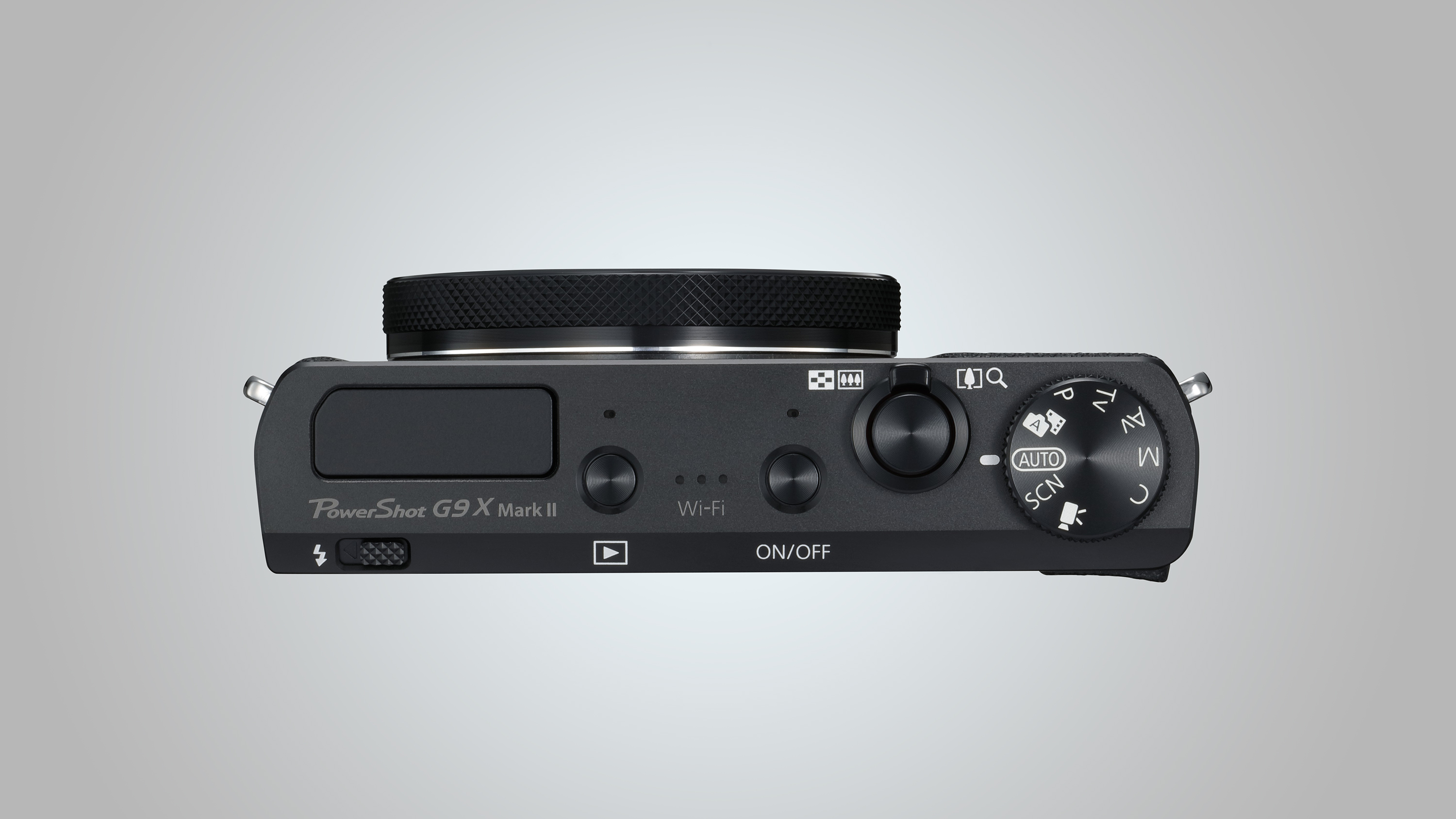
Features
- 1.0-inch CMOS sensor, 20.1MP
- 28-84mm f/2-4.9 zoom lens
- 1080p video capture
Like the outgoing PowerShot G9 X (and the G7 X Mark II for that matter), the G9 X Mark II features a 20.1MP 1.0-inch CMOS sensor, but here it benefits from being teamed with the new DIGIC 7 image processor.
This brings a number of improvements, most notably a huge increase in the continuous shooting rate, which increases from 4.3fps on the G9 X to 8.2fps on the Mark II.
The G9 X Mark II's diminutive proportions mean the zoom range is pretty modest compared to other 1.0-inch sensor-based rivals, with a 3x optical zoom ranging from 28-84mm – that's not quite as wide or as long as the likes of the G7 X Mark II's 24-100mm, but it still offers a decent standard range that's a lot more versatile than a typical fixed smartphone lens.
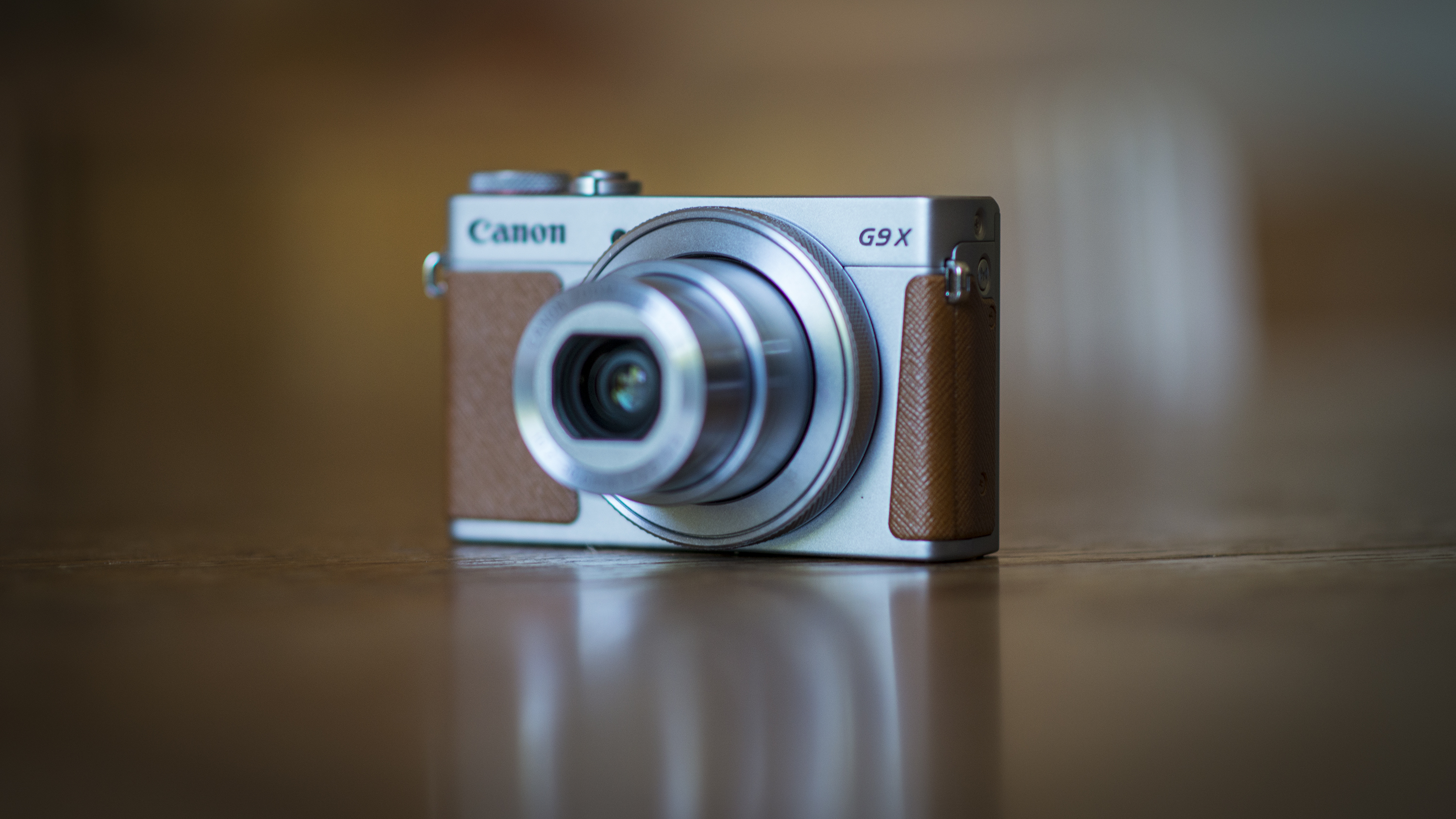
The maximum aperture range is also not quite as spectacular as some rivals, ranging from f/2-4.9; to put that in perspective, the G7 X Mark II's range is f/1.8-2.8. Why should you care? You won't get quite the same control over depth of field, particularly at the longer end of the zoom range, while narrower apertures also limit the amount of light hitting the sensor, meaning you may have to increase the ISO in some lighting conditions.
As you'd expect from a camera that Canon hopes will tempt users away from their smartphones, the G9 X Mark II offers plenty of connectivity options – Wi-Fi, NFC and Bluetooth are all built in, with the last option offering a constant low-powered connection between the camera and your smart device via the Canon Camera Connect app.
Phil Hall is an experienced writer and editor having worked on some of the largest photography magazines in the UK, and now edit the photography channel of TechRadar, the UK's biggest tech website and one of the largest in the world. He has also worked on numerous commercial projects, including working with manufacturers like Nikon and Fujifilm on bespoke printed and online camera guides, as well as writing technique blogs and copy for the John Lewis Technology guide.
